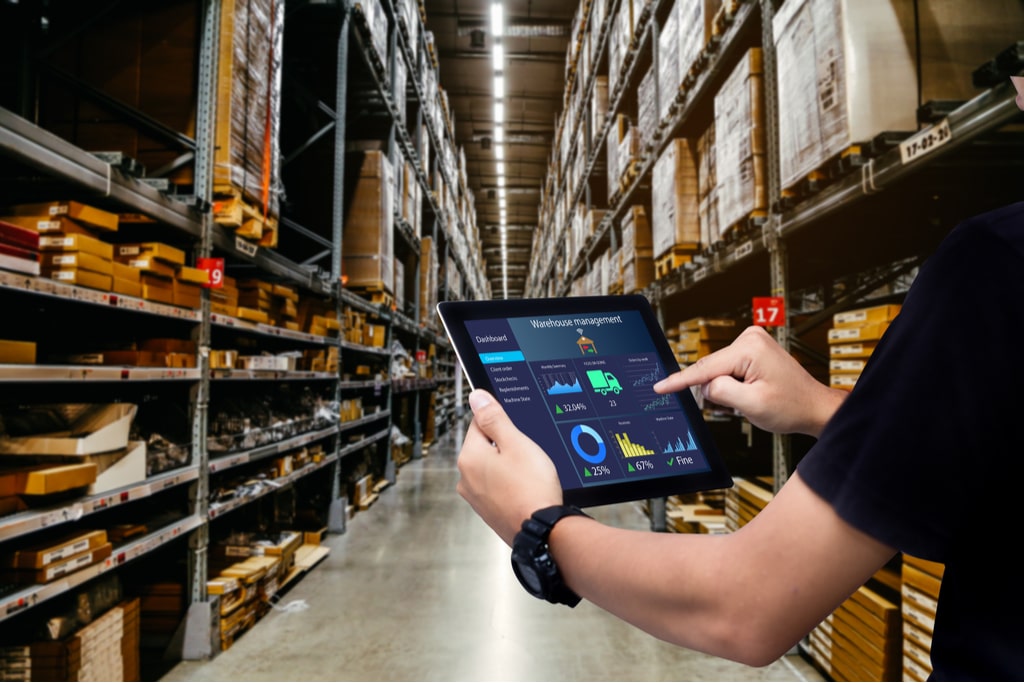E-commerce statistics often make the headlines. That’s because the unrelenting rise of e-commerce platforms, sellers, and competitor retailers show no signs of slowing down. For many traditional businesses, this has required a move to online sales.
Yet, today, even established e-commerce retailers are struggling with the high demand. In fact, by the close of 2021, researchers believe that as many as 2.14 billion people will be shopping online. That’s over a quarter of the world’s entire population.
Since the start of the Covid-19 pandemic, floods of users have migrated online to shop. Amid lockdowns and travel limitations, consumers began requesting a more varied range of products and with greater immediacy.
With such persistent and varied demands, the focus amongst online sellers has shifted from advertising and customer retention to logistics. How is it possible to meet the expectations of so many? The answer is robotics and advances in automated fulfillment.
Future-Proofing
Automation and robotics are coming to prominence in preparation for the continued growth of e-commerce. It’s clear that robotics, in particular, isn’t widespread, but some technology is operating today. However, companies of every size are developing techniques to deal with the impending deluge.
Covid-19 set the pace for a surge in e-commerce which shows no signs of slowing down. As a result, automating manual practices is becoming critical. With such high demand for products, inefficient processes need replacing. This advancement will enable companies to keep operations moving smoothly.
Instant Fulfillment
One of the primary benefits of robotics and automation is the ability it gives retailers to fulfill orders at any time of day or night. When linked to a retailer’s ordering system, robots can automatically synch orders with delivery schedules, regardless of the time. This improvement will enable better provisions for late ordering and next-day deliveries.
There is also a significant increase in inefficiency. This increase is mainly down to the fact that people waste a vast amount of time when searching for products manually. In massive warehouses, this time can quickly add up. When robots, such as Automatic Guided Vehicles (AVG), take the helm, providing stock is stored accurately, this issue instantly disappears.
Maximizing Labor
Although some commentators in the retail industry worry that introducing automation across the board will take jobs away from human staff, others are less pessimistic. The fact is, in certain countries, most notably the U.K where Brexit has led to a mass exodus of EU workers, retailers are struggling to meet demand.
In this scenario, replacing some tasks with robots could prove very beneficial. For example, workers could receive better salaries using money saved from operational costs. On top of this, jobs in the warehouse that come with particular risks, such as handling large packages or forklift operations, could be taken over by robot staff.
Where Are We Now?
Much of the discussion around robotics and automation in e-commerce is about preparing for the future. Recent research predicts that by 2027, the AGV market size could hit $5.5 billion. However, today, there are a number of interesting projects already in operation.
Unsurprisingly, Amazon, the biggest online retailer in the world, has begun to adopt robotic solutions. Four new bots, two of which are named Bert and Ernie, were revealed to the world in June 2021. The primary aim of the robot technology is to improve worker safety in Amazon’s warehouses.
Previously, Amazon revealed that it had set a goal of reducing incident rates by 50% by 2025. The robots facilitate this in two ways. Ernie removes products from a dangerous robotic shelf, while Bert, an Autonomous Mobile Robot (AMR), has the freedom to roam the warehouse carrying out transportation tasks for staff.
In another example, a clever end-of-arm tool (EOAT) developed by Material Handling Systems, Inc., can pick and hold back up to 36 different products at a time. In fact, in one day, the tool can pick 90,000 products and fulfill 42,000 orders a day.
Finally, recognizing the massive upsurge in e-commerce, the logistics provider GEODIS has developed an automated strategy for new and existing retailers. The company has a series of strategically placed automated fulfillment centers that it says can cater to up to 91% of the population in the U.S with a guaranteed two-day fulfillment schedule.
Conclusion
Retailers have no option but to embrace robotics and automation. One of the trends that developed during the pandemic was an increase in the variety of products purchased. With so much more being ordered online, there was inevitably a shift in what was required.
Consequently, this has led to two things. Firstly, it has enabled retailers to expand their offerings. Secondly, it has made it possible for new suppliers to enter the e-commerce space. This is all good news, but with these advances comes pressure on logistics.
Now, the most useful course of action for any company involved in e-commerce is to plan ahead. Even if automation and robotics are unfeasible today, companies must make provisions for future use cases. More companies may take the GEODIS approach and provide third-party automated logistics. In a business environment where customers expect immediacy, this could help organizations without the means to install complex, expensive robotics the opportunity to compete.








